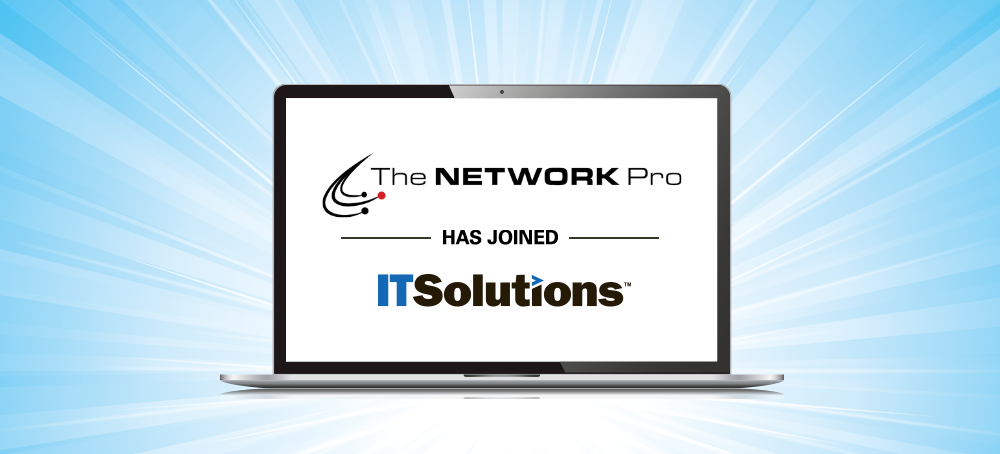Natural catastrophes and cyber attacks are two examples of the kinds of events that can strike with little or no warning in today’s world, causing significant disruption to operations and financial losses for enterprises. Law companies are especially vulnerable to these kinds of incidents because of the sensitive nature of the information they handle.
A disaster recovery plan is an essential tool that legal practices can employ to mitigate the effects of disasters on their operations and keep their businesses running normally. This article will explain why law firms need a disaster recovery plan and will walk you through the process of building one from start to finish.
The Importance of Having a Contingency Plan for Your Law Firm
Your law practice needs a catastrophe recovery plan for several compelling reasons. Some examples of these are listed below:
As a legal company, you have a professional obligation to safeguard your customers’ private documents and data. If you want to ensure sure this data is safe in the event of a disaster, a disaster recovery strategy can help.
Reduce Financial Losses and Downtime Serious disruptions to your legal firm’s operations might be caused by natural disasters. You may minimize disruptions and get back to work faster with the aid of a disaster recovery plan.
Make Sure Your Law business Keeps Running Even When Disaster Strikes Having a disaster recovery strategy in place will assist ensure that your law business can keep running normally even if something unforeseen happens.
Making a Contingency Plan for Your Legal Practice
After elaborating on the significance of disaster recovery plans for legal practices, we’ll move on to discussing the steps necessary to develop one. The necessary procedures are as follows:
Determine Which Systems and Data Are Crucial To Your Law Firm’s Day-To-Day Operations Identifying these systems and data is the first step in developing a disaster recovery strategy. Tools like email, document organizers, and case management software could fall into this category.
After you’ve established which systems and data are indispensable, it’s time to assess the dangers that could compromise them. Natural disasters, cyber assaults, and human mistake are all potential threats.
Your risk assessment should guide you in setting realistic goals for your rehabilitation. In the event of a disaster, you may want to restore your most crucial data and systems as soon as possible.
Create a Recovery Plan: Keeping your recovery goals in mind, you should work on creating a recovery plan. Data may be backed up on the cloud, redundant systems could be put in place, and a strategy for communication might be developed.
After designing your recovery strategy, you must record the steps you took to arrive at that point. Detailed instructions on how to restore critical systems and data, as well as the contact information for key employees, should be included.
Finally, you need to put your disaster recovery strategy through its paces and make sure it performs as expected by testing it. One way to do this is to run what-if scenarios of potential disasters to see where your strategy might fall short.
When it comes to protecting client information, minimizing downtime and financial losses, and keeping operations running smoothly in the face of calamity, nothing is more valuable than a law firm’s disaster recovery strategy. If you follow the advice in this article, you’ll be able to put together a disaster recovery plan that’s tailor-made for your legal company. Always keep in mind the importance of being proactive and ready for the unexpected.
The Network Pro, Inc. has been serving the needs of the legal industry in Orange County, Los Angeles County, Riverside County, and Pima County for over 20 years. Contact Us to find out how our fully hosted and managed cloud computing services for the legal industry can accelerate your goal of digital transformation.

